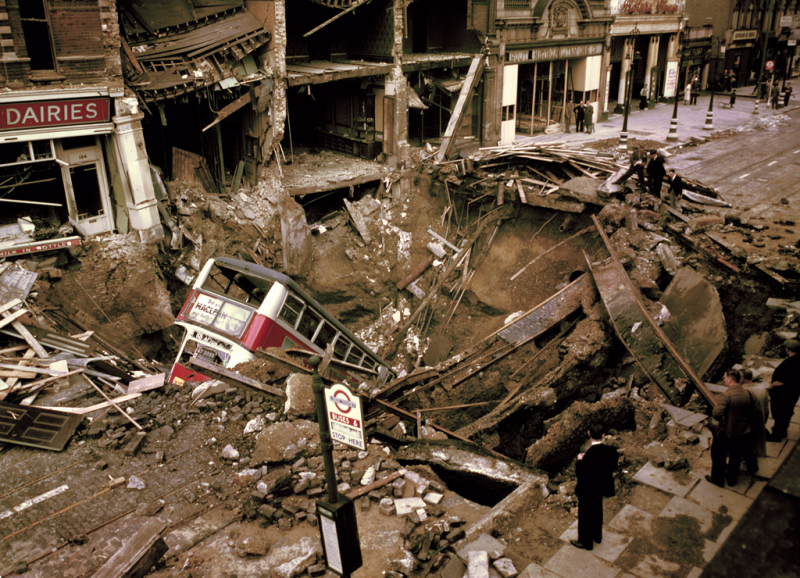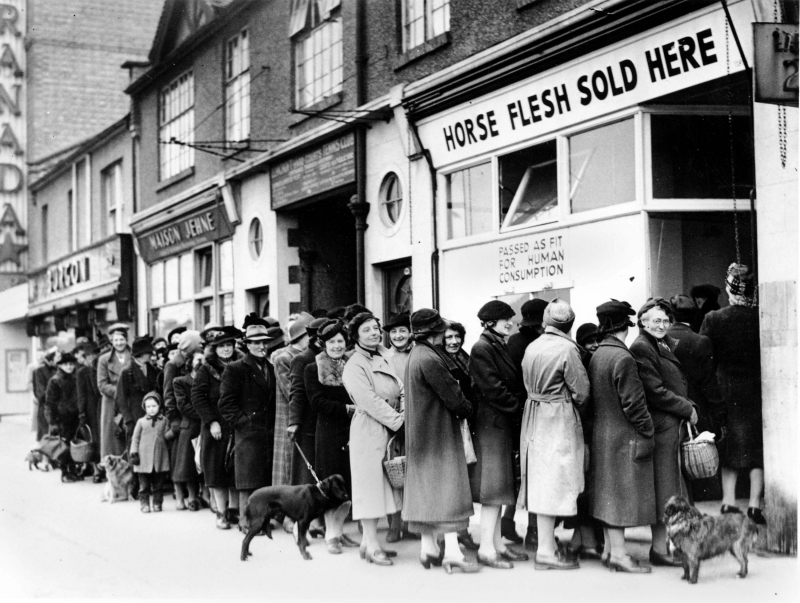The Battle of Britain was a David and Goliath event, with the British a decided underdog
The British had a number of advantages during the aerial campaign known as the Battle of Britain, which sought to force Britain to submit or risk invasion. The RAF was able to scramble fighters and direct them to intercept approaching German aircraft thanks to Britain's advanced early warning radar, communications, and control system, which was the first and possibly most important factor. The British had a distinct edge thanks to Chain Home stations, which became operational right before the war and allowed them to hold aircraft on the ground until they were needed rather than using up valuable fuel on patrols.
The majority of the air-to-air fighting that occurred during the war occurred in British airspace. Most of the men who had to bail out and abandon their aircraft landed in Britain or Scotland or neighbouring waterways. Pilots in the RAF may immediately resume their duties after any injuries had healed. German pilots who were taken prisoner of war were finally brought to Canada for the duration, with the majority of them. German aircraft used a lot of fuel just to get over Britain, which reduced the amount of time they could spend fighting before they had to break off and head back to base.
The Battle of Britain, which was won decisively by the British and humiliated Herman Goering's Luftwaffe, was named after yet another Winston Churchill speech. Although there are still many myths and misconceptions about this conflict, David never faced off against Goliath. During the battle, the RAF had nearly the same number of fighter pilots flying for them as did the Germans—2,900. About 20% of those 2,900 people, including American volunteers, exiled Europeans, and imperial pilots, were from countries outside than Britain.












